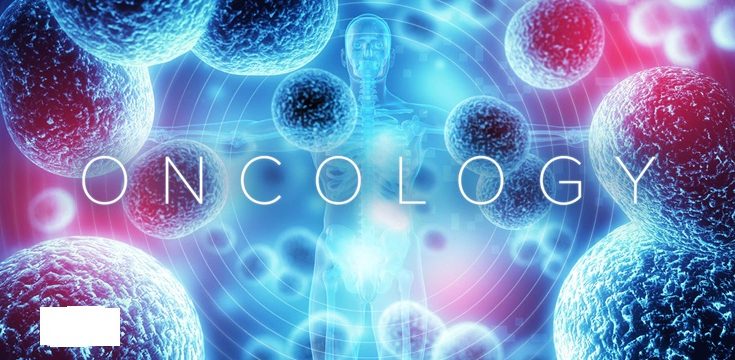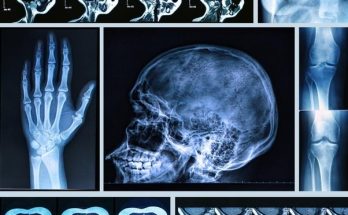Cancer Management: A Multidisciplinary Approach
1. Introduction
Cancer management involves a multidisciplinary approach, integrating surgery, radiotherapy, chemotherapy, immunotherapy, targeted therapy, and supportive care. The choice of treatment depends on:
- Cancer type and location
- Stage of cancer (TNM staging system)
- Patient’s overall health and preferences
2. Surgery in Cancer Treatment
2.1 Role of Surgery
Surgery is the oldest and most effective cancer treatment for localized tumors. It involves removing the tumor and nearby tissues to prevent recurrence.
2.2 Types of Cancer Surgery
- Curative Surgery – Removes all cancerous tissue (e.g., mastectomy for breast cancer).
- Debulking Surgery – Reduces tumor size when complete removal is impossible (e.g., ovarian cancer).
- Palliative Surgery – Relieves symptoms in advanced cancer (e.g., bowel obstruction removal in colon cancer).
- Reconstructive Surgery – Restores appearance after cancer treatment (e.g., breast reconstruction after mastectomy).
- Preventive (Prophylactic) Surgery – Removes at-risk tissue before cancer develops (e.g., BRCA-positive individuals opting for mastectomy).
2.3 Risks and Limitations
- Infection, bleeding, and anesthesia risks.
- Surgery alone may not remove all cancer cells → often combined with chemotherapy or radiotherapy.
3. Radiotherapy (Radiation Therapy)
3.1 Overview of Radiotherapy
Radiotherapy uses high-energy radiation (X-rays, gamma rays, protons) to kill cancer cells by damaging their DNA. It is used in:
- Curative Treatment (e.g., prostate cancer, early-stage lung cancer).
- Adjuvant Therapy (post-surgery to destroy residual cancer cells).
- Palliative Treatment (relieves pain and symptoms in advanced cancers).
3.2 Types of Radiotherapy
- External Beam Radiotherapy (EBRT) – Radiation from an external machine (e.g., linear accelerator).
- Brachytherapy (Internal Radiation Therapy) – Radioactive implants placed inside the body (e.g., for cervical and prostate cancer).
- Stereotactic Radiosurgery (SRS) – High-precision radiation for brain tumors (e.g., Gamma Knife, CyberKnife).
- Proton Therapy – Uses protons instead of X-rays to target tumors more precisely.
3.3 Side Effects of Radiotherapy
- Fatigue, skin irritation, nausea.
- Long-term effects: Fibrosis, secondary cancers.
4. Chemotherapy
4.1 Overview of Chemotherapy
Chemotherapy uses cytotoxic drugs to kill rapidly dividing cancer cells. It is effective for:
- Systemic treatment (for cancers that have spread).
- Neoadjuvant therapy (shrinking tumors before surgery/radiotherapy).
- Adjuvant therapy (destroying remaining cancer cells after surgery).
4.2 Types of Chemotherapy
- Alkylating Agents – Damage DNA (e.g., Cyclophosphamide, Cisplatin).
- Antimetabolites – Interfere with DNA/RNA synthesis (e.g., Methotrexate, 5-Fluorouracil).
- Topoisomerase Inhibitors – Block DNA repair (e.g., Doxorubicin, Etoposide).
- Mitotic Inhibitors – Stop cell division (e.g., Paclitaxel, Vincristine).
4.3 Side Effects of Chemotherapy
- Hair loss, nausea, vomiting.
- Bone marrow suppression → Increased infection risk.
5. Immunotherapy
5.1 Overview of Immunotherapy
Immunotherapy boosts the immune system to fight cancer cells. It is highly effective in cancers like melanoma, lung cancer, and blood cancers.
5.2 Types of Immunotherapy
- Checkpoint Inhibitors – Block immune system “brakes” (e.g., PD-1/PD-L1 inhibitors: Pembrolizumab, Nivolumab).
- CAR-T Cell Therapy – Modifies T cells to attack cancer (used for leukemia and lymphoma).
- Monoclonal Antibodies – Target cancer cell proteins (e.g., Rituximab for lymphoma).
- Cytokine Therapy – Uses immune system proteins like Interleukin-2.
5.3 Side Effects of Immunotherapy
- Autoimmune reactions (affects normal cells).
- Inflammation, skin rash, flu-like symptoms.
6. Targeted Therapy
6.1 Overview
Targeted therapy attacks specific molecules in cancer cells without harming normal cells.
6.2 Types of Targeted Therapy
- Tyrosine Kinase Inhibitors (TKIs) – Block growth signals (e.g., Imatinib for leukemia).
- Angiogenesis Inhibitors – Stop blood vessel formation (e.g., Bevacizumab).
7. Hormone Therapy
7.1 Overview
Hormone therapy blocks hormones that fuel certain cancers (e.g., breast and prostate cancer).
7.2 Examples
- Tamoxifen (for estrogen-receptor-positive breast cancer).
- Androgen Deprivation Therapy (ADT) (for prostate cancer).
8. Palliative Care and Supportive Therapy
- Pain management (opioids, nerve blocks).
- Psychological support (counseling, support groups).
- Nutrition therapy (maintaining strength during treatment).
9. Conclusion
Cancer management requires a multidisciplinary approach involving:
✅ Surgery for tumor removal.
✅ Radiotherapy for localized treatment.
✅ Chemotherapy for systemic control.
✅ Immunotherapy and targeted therapy for precision treatment.
✅ Palliative care to improve quality of life.
Advancements in personalized medicine, AI-driven diagnosis, and nanotechnology are shaping the future of cancer treatment.



